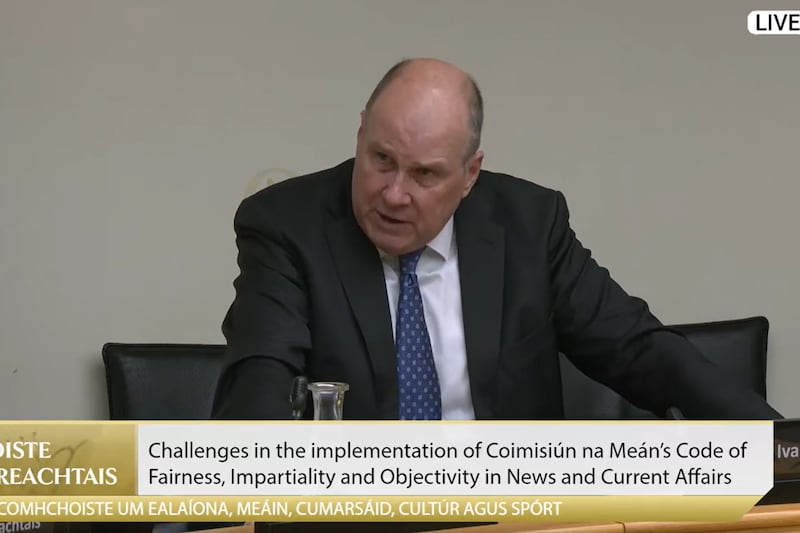Christmas is likely to be a muted, even an anxious affair for many Australians this year. All the bushfire smoke that has been shrouding Sydney and Canberra on and off for the past few weeks represents a tipping point in public opinion about our ecological vulnerability.
Just this week, Australia's Bureau of Meteorology's data is showing that Australia has just recorded its hottest day on record with the mercury hitting an average maximum of 40.9 degrees.
A recent survey has shown that climate change is now regarded as the number one issue of concern for Australians. This bushfire smoke may well be a metaphor for perilous status of this country’s fragile ecosystem. There is even calls for Sydney’s multimillion-dollar New Year’s Eve spectacular fireworks show to be cancelled, and the money saved to be donated to those who have lost everything in the bushfires.
For a country punching above its weight with regards to our rising carbon emissions and export of fossil fuels like coal and iron ore, we have some uncomfortable issues to consider. Last year we received $66 billion from our coal exports, and $61 billion from our iron ore. It remains to be seen if there is a willingness or even any inclination for our politicians to even acknowledge this issue’s link to climate change.
Meanwhile, this summer and festive season is shaping up to be a torrid time for hundreds of thousands of Australians. The spectre of catastrophic bushfires is stalking the nation and the whole country seems to be on edge. Climate change is ruthlessly besieging this vast continent and it is showing no signs of abating.
Our fire chiefs are predicting that the massive size of some of the bushfires means they are likely to burn well into January. Even for a country with a long history of droughts and bushfires, so far this summer we are entering unchartered territory. Whole communities have been obliterated.
What's scary is that some of the fires in New South Wales began in October, which is spring in Australia. Whereas, some of Australia's worst fires in recent times; Black Saturday in 2009 and Ash Wednesday in 1983, both in Victoria, occurred in February. In other words, well into summer when the bush, historically, has always been at its driest.
About 90 per cent of New South Wales remains in drought. To put this area into some context, NSW is more than 10 times the size of the Republic of Ireland. Land that once produced to tillage, beef and lamb is now barren. Regular dust storms have swept away what's left of the top soil. The financial and mental toll on farmers is horrendous. An incredible 2.7 million hectares have been razed so far over the past few months and almost 1,000 homes are lost or seriously damaged. But these statistics barely do justice to the carnage that's been unleashed by the fires.
As the bushfires continue to rage, there is widespread criticism of our government’s failure to allocate adequate resources and funding to fight the fires. Traditionally in Australia, volunteer firefighters, or fireys as they are affectionately dubbed, fight these fires. Grim stories are emerging about how fireys’ homes have been lost while they are elsewhere fighting fires.
Large tracts of Western Australia and Queensland are also on fire. Even in parts of Tasmania, my home state, the bush is so dry that all it would take to ignite a fire will be a dry lightning strike.
We are fortunate to live in a beautiful rural part of the world, an hour’s drive south of Hobart. But we’ve learned we cannot take anything for granted. Our timber house is surrounded by hundreds of stringybark eucalyptus, home to a rich array of marsupials and birds. These stringybarks, like most eucalyptuses are highly flammable, so we are in for some nervous weeks. Last summer a bushfire came close. About 200,000 hectares of wilderness was burnt not far from here. Blackened embers eerily drifted down around our place for days on end. Several local wineries were unable to harvest their grapes due to smoke damage. Miraculously the weather gods were kind, the wind stayed away and the danger receded.
And yet, carols and festive tunes are being played on the airways. Freshly cut pine trees are piled high outside hardware stores and scout halls. Our local butcher is doing a roaring trade with his well-regarded hams. Street decorations and tinsel spanning the thoroughfares and mall in Hobart are barely visible under clear blue skies. There is the frantic last-minute running around department stores, and the stocking up the fridge and pantry with supplies as if the supermarkets are going to shut up shop for an eternity.
Listening to the Pogues late on Christmas Eve, while sipping a cold beer with the heat still in the day, won’t necessarily bridge the distance or engender any real connection with the old country. But this year, it won’t be any thoughts of a white Christmas or homesickness for Ireland on my mind. There are bigger issues to overcome here on this tiny island at the bottom of Australia, and all across the mainland.
No doubt 2020 will usher new climatic calamities. Be bushfire ready, the experts urge. We’ll do well to prepare as best we can. I’d hate for anything to happen to any of those wonderful stringybarks. And, as for our house, well, I simply wouldn’t have words.
















